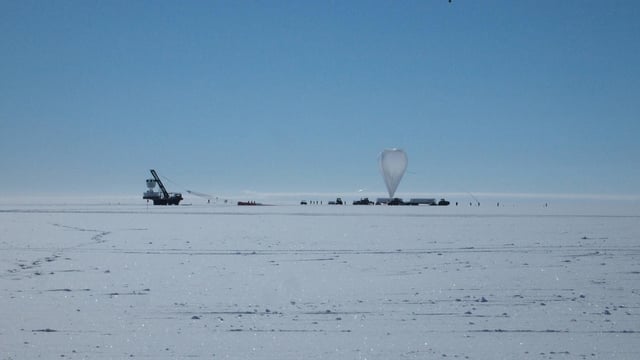Overview
- The Antarctic Impulsive Transient Antenna recorded unexplained radio pulses about 40 km above Antarctica during flights in 2006 and 2014.
- New findings published in Physical Review Letters highlight that the signals emerged at steep below-horizon angles that conventional physics models cannot accommodate.
- Researchers have ruled out neutrinos as the source, since such particles would be absorbed or scattered by the intervening thousands of kilometers of rock.
- Independent observatories including IceCube and the Pierre Auger Observatory have not detected any corresponding events that could clarify the phenomenon.
- The Payload for Ultrahigh Energy Observations (PUEO) balloon array is under development to capture higher-precision measurements and uncover whether the anomalies signal new physics.
